
Moore’s law has swept much of the modern world along with it. Some estimates ascribe up to 40 percent of the global productivity growth achieved during the last two decades to the expansion of information and communication technologies made possible by semiconductor performance and cost improvements...
Few days later, the following chart supporting Rick’s impression was released in a new report from IHS.
The report concludes with this: "We believe that interesting years lay ahead for the semiconductor industry because the steady evolution the industry historically counted on might be coming to an end."
And it does seem that this is ahead of us as we presented in our well-read blog 28nm: The Last Node of Moore's Law.
Since the publication of that blog more information has been released, mostly supporting the conclusion that 28 nm was the last node. This includes the following finding from a survey conducted by KPMG "Only a fourth of semiconductor business leaders believe Moore's Law will continue for the foreseeable future ... More than half said Moore’s Law will no longer apply at various nodes less than 22 nanometers, while 16 percent said it already has ended." Similarly, Scott McGregor, President and CEO of Broadcom, spoke at SEMI Industry Strategy Symposium (ISS) in January (Exponentially Rising Costs Will Bring Changes) and indicated that the cost per transistor was rising after the 28nm, which he described as “one of the most significant challenges we as an industry have faced.” He provided the following slide in support:
The good news is that we now have an alternative, scaling up using monolithic 3D. As was presented in last year’s IEEE S3S-2014 conference and in our blog - Precision Bonders - A Game Changer for Monolithic 3D, monolithic 3D IC could be adopted by any current fab without the need for a new recipe for transistor formation, providing very competitive costs for a wide range of product enhancements and offers a long-term road map for the industry.

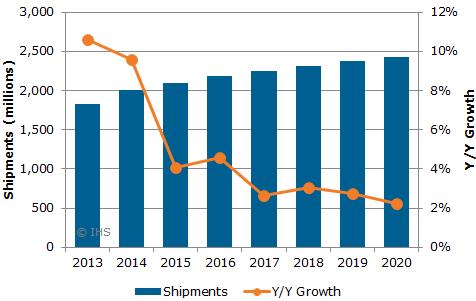
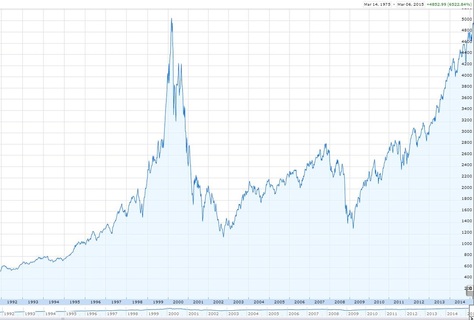
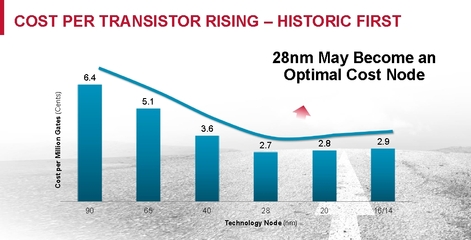


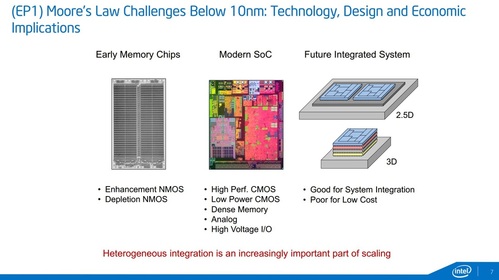
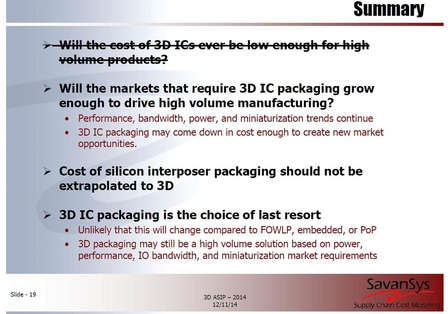
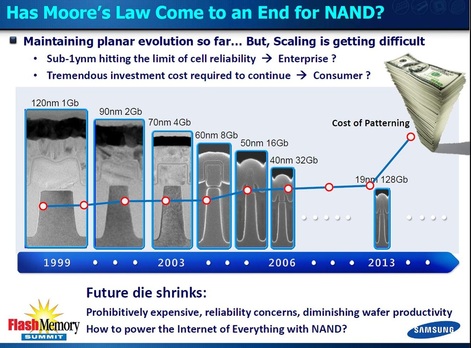
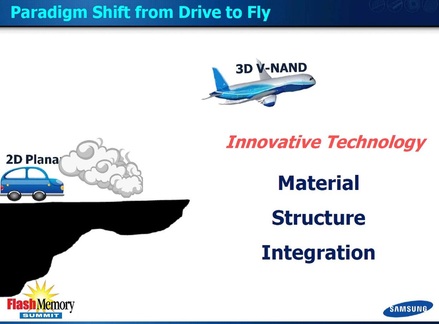
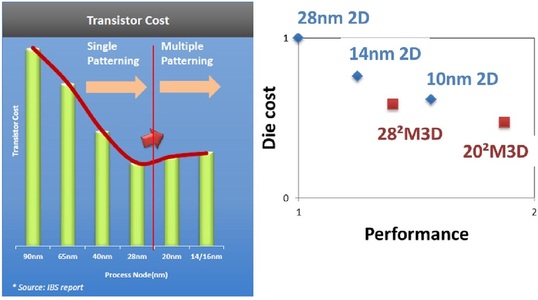
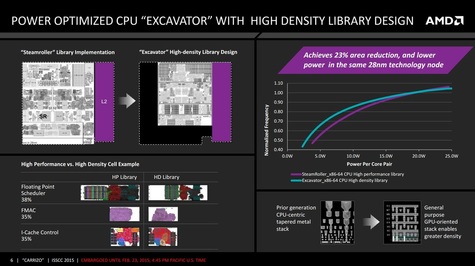
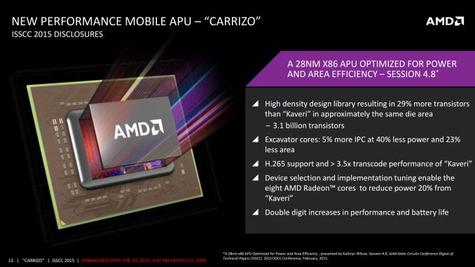







 RSS Feed
RSS Feed